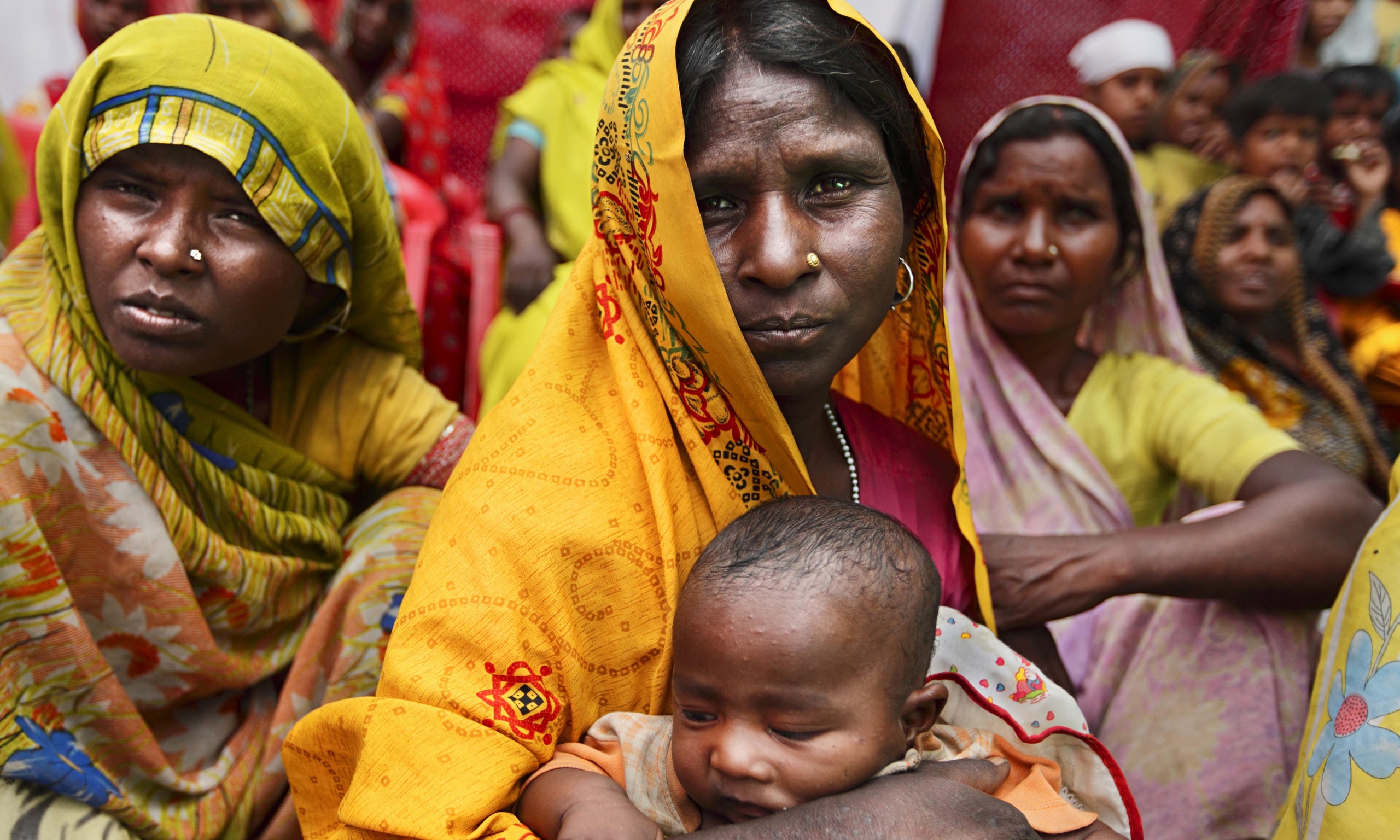There are about 250 million Dalits in India but there is no proper survey to give the correct number of dalit women in India. They are generally scattered in villages and they are not a monogamous group. What is the position of Dalit women in India today in the field of education, higher education, gender equality?
Education
Dalits in general have very low participation rates in education and higher education. Aapproximately 75% of the Dalit girls drop out of primary school (According to the National Commission for SCs and STs 2000). Education scenario for Dalit women is quite bleak as only a small percentage of the total population of Dalit women are educated (Annual Report of University Grants Commission for 1999-2000).
The reasons for the high rate of illiteracy among dalit women are many: resistance from the family to send girls to schools; fear of insecurity in villages; lack of physical facilities like accommodation, school transport and medical facilities; the girls are forced to take care of the siblings when the parents are away at work to work to earn for the family and to do domestic chores which prevent them from attending school. Many girls are forced to get married at young age, which stop schooling because social restriction is that the girls should stop studying after marriage. Fear of alienation of girls from their environment as a result of education can be attributed as one of the reason for low literacy level among SC girls. Even if the education improved the marriage prospects of the girls, the minus point is the increase in dowry. Therefore Educational development among SC women is very marginal because girls are not sent to school.
Gender equality
The gender discrimination starts at the very early stage in the life of a dalit girl. Normally girl children are retained at home to look after the siblings. Another thing is the compulsory marriage of the girls at very early age after which the education is stopped. Generally in the male-dominated society, polygamy is allowed and more so in many dalit families. Because of this the position of the women deteriorated. Joint family system, polygamy, property structure, early marriage, and permanent widowhood were hurdles for the development of all women in early period.
Occupational inequality
85% of the Dalit women have the most formidable occupations, while working in traditional sectors of economy. They often work as agricultural labourers, Safai Karmchari, sweepers and disposers of human waste (Ministry of Labour). That is why the contribution of SC women to the economic development of India is significant especially in the agricultural sector. But they are exploited by the higher caste landlords. They are paid very marginal salary for the hard work in the field for the whole day. In leather industries the tanning process is considered to be an unclean job which is done only by socially backward class. The condition of scavenger and sweepers is very deplorable and they remain the most vulnerable sectors among SC. The working condition is very poor and the remuneration is also very poor.
Family role
Because of the girls remain uneducated, they got married very early. Marriage in the high reproductive stage with high fertility rate, children care more. Because of the unlimited family, the burden fell on the young girls which affected their health. They were not able to assist in family matters to their husbands. But now the situation is different. The girls manage to plan their family, educate the children, assist the husbands in family matters and office going and professional girls improve the economic conditions. On the whole the family becomes socially developed because of the education of the girls. Education among women increased intercaste marriages, which is definitely a sign of development. Government also encourages inter-caste marriages among dalits and high caste by incentives. Untouchability practices are acute in villages. However, there is a gradual change in rural areas because they have become aware of their rights.
So Dalit Women are facing:
- gender discrimination – patriarchy
- social /caste discrimination – untouchability
- Violence – domestic, at work place and in society
- economic deprivation – poverty, unemployment, landlessness
- Political powerlessness – non acceptance and participation in decision making
Dalit Women also have a limited access to livelihood, food, water, sanitation and other welfare programmes.

